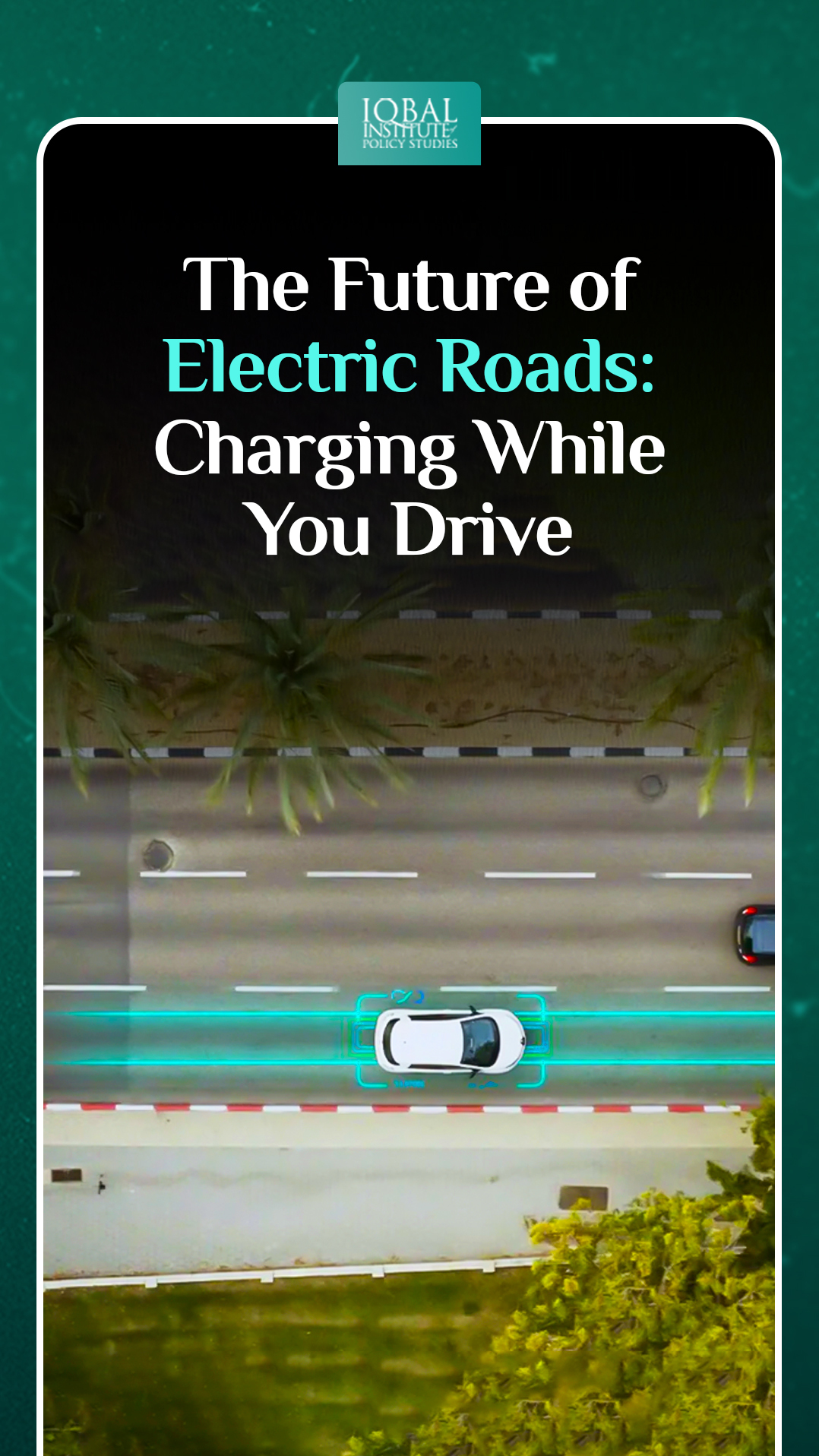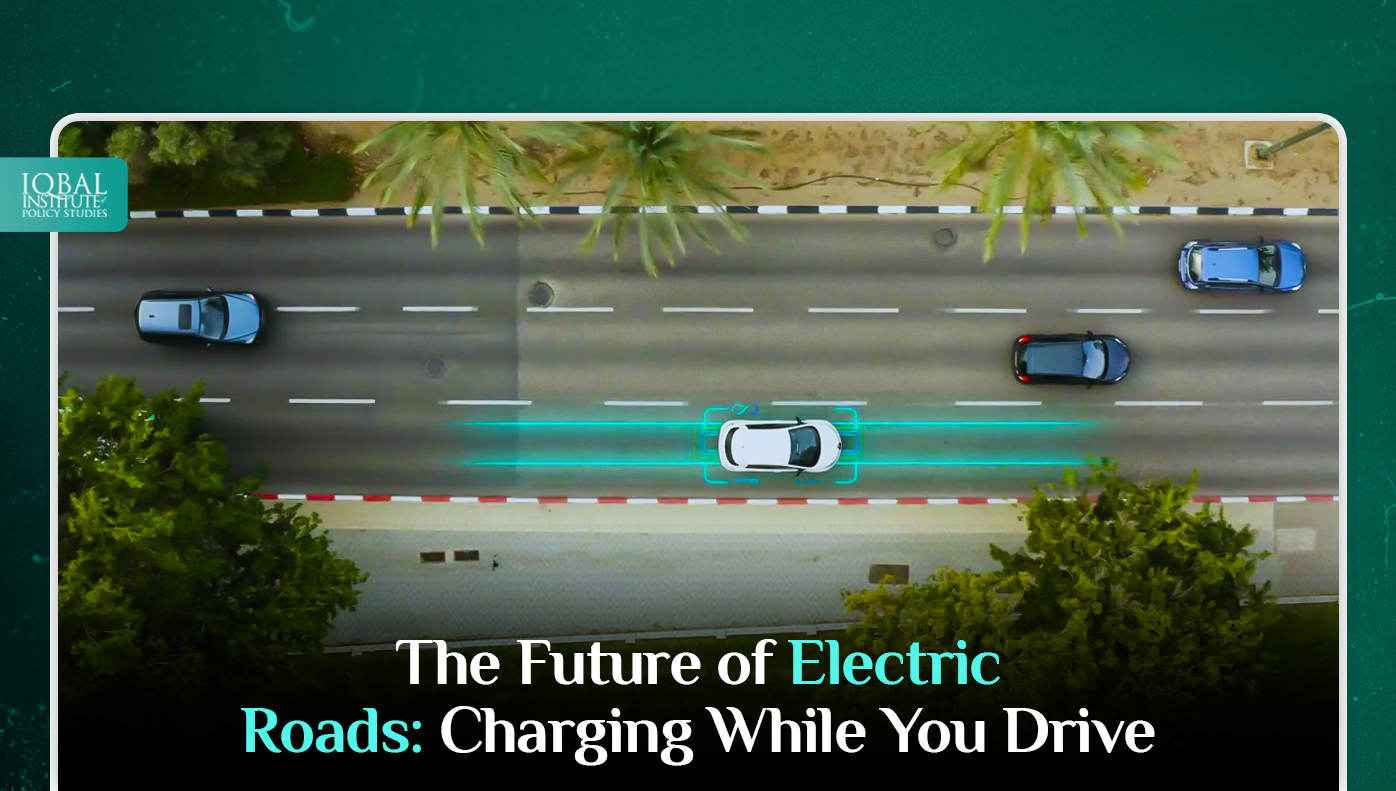Amid the global shift to sustainable transportation, electric vehicles (EVs) are promising alternatives to traditional gasoline-powered cars. As countries worldwide escalate their initiatives to cut down carbon emissions and address the challenges of climate change, electric vehicles (EVs) have gained remarkable traction as they offer a potent means to significantly alleviate the ecological impact linked to individual commuting. However, the adoption of electric vehicles comes with its own set of challenges, which have fueled innovation, prompting engineers and researchers to explore new horizons in electric vehicle charging technology. Also, while electric road systems have found success in developed nations, their adoption in many developing countries has lagged due to financial limitations and infrastructure challenges. Therefore, to expedite the implementation of electric roads in these regions, governments should prioritize investment, foster public-private partnerships, develop adaptable road infrastructure, and establish supportive regulatory frameworks. These measures can help bridge the technological gap and promote sustainable transportation solutions in developing nations and around the world.
What Are Electric Roads?
Electric roads, also known as electric road systems (ERS) or electric vehicle (EV) charging roads, are a groundbreaking innovation in the field of sustainable transportation. Simply put, these roads are designed to charge electric vehicles while they are driving on them. This concept represents a significant departure from traditional charging stations, where vehicles need to stop and connect to a power source.
The Advantages of Electric Roads
Electric roads offer a range of benefits that make them a compelling solution for the future of transportation:
Increased Convenience for EV Owners
One of the most significant advantages of electric roads is the convenience they offer to EV owners. With traditional charging stations, drivers need to plan their routes around charging stops, adding time to their journeys. On the other hand, electric roads eliminate the need for such stops, allowing EV owners to seamlessly integrate charging into their daily commutes and long-distance travels.
Extended Range and Reduced “Range Anxiety”
Range anxiety, the fear of running out of battery power before reaching a charging station, has been a barrier to widespread EV adoption. Electric roads can substantially reduce range anxiety by providing a continuous source of power. As long as the vehicle is on the road, it is charging, ensuring that drivers can confidently embark on longer trips.
Potential Environmental Benefits
Electric vehicles are known for their lower carbon emissions compared to internal combustion engine (ICE) vehicles. Also, electric roads have the potential to amplify these environmental benefits. By encouraging the use of EVs and reducing the need for fossil fuel-powered cars, electric roads can contribute to lower air pollution and decreased greenhouse gas emissions.
Cost Savings for Individuals and Governments
Electric roads can result in cost savings for both individuals and governments. EV owners may see reduced electricity costs compared to gasoline expenses, making EV ownership more economically attractive. Additionally, governments can benefit from reduced spending on road maintenance and repairs since electric roads can be designed to be more durable.
Current Electric Road Projects
The concept of electric roads is not just theoretical; it is already being put into practice in various parts of the world. Here are some notable examples of ongoing electric road projects:
Sweden’s Electric Road
Sweden has been a pioneer in the development of electric roads. In the city of Gävle, the eRoadArlanda project has installed a 2-kilometer (1.2-mile) electrified road that uses conductive charging technology. Specialized trucks equipped with retractable arms can connect to the electrified rail and charge while driving. The success of this project has paved the way for further expansion and research (Boffey, 2018).
South Korea’s Online Electric Vehicle (OLEV)
South Korea has introduced a unique electric road system called OLEV (Online Electric Vehicle). In this system, buses are equipped with a technology that allows them to charge wirelessly while driving over power-receiving plates embedded in the road. This innovation has been tested in several cities in South Korea and has shown great promise in public transportation (Kelion, 2013).
Wireless Charging in Germany
Germany is also actively exploring electric road technologies. The country’s Federal Ministry for Economic Affairs and Energy has funded various research projects focused on wireless charging for EVs. These projects aim to develop a standardized system that can be implemented on a larger scale (Chariot Motors, 2023).
Challenges and Considerations
While electric roads hold immense promise, several challenges and considerations must be addressed to make them a practical and widely adopted solution:
Technical Challenges
Developing the technology and infrastructure for electric roads is a complex task. Engineers must ensure the safety and efficiency of inductive and conductive charging methods. Additionally, road surfaces need to be designed to withstand heavy traffic and environmental factors.
Infrastructure Costs and Funding
The installation of electric road systems requires significant investments in infrastructure. Governments, in collaboration with private sector partners, will need to allocate funding for research, development, and deployment. Finding sustainable funding models is essential for the success of these projects.
Compatibility with Different EV Models
Electric road systems need to be compatible with various types and models of electric vehicles. Standardization of charging methods and connectors will be crucial to ensure that all EVs can benefit from this technology.
Safety and Maintenance Concerns
Safety is a top priority when developing electric roads. Systems must be designed to prevent accidents, such as electric shock hazards. Additionally, regular maintenance and monitoring of the road infrastructure are essential to ensure its long-term reliability and safety.
The Future Outlook
The future of electric roads is promising, with ongoing research and development efforts focused on overcoming current challenges. Here are some key factors shaping the future of electric roads:
Emerging Technologies and Innovations
Researchers are continually exploring new materials and technologies to improve the efficiency and safety of electric roads. For example, advancements in wireless charging technology could make electric roads even more convenient and practical.
Integration with Autonomous Vehicles
Electric roads have the potential to seamlessly integrate with autonomous vehicles (AVs). AVs can communicate with the road infrastructure to optimize charging and navigation, paving the way for a more efficient and connected transportation system.
Predictions for Widespread Adoption
As electric road technologies mature and become more cost-effective, one can expect to see greater adoption in both urban and rural areas. Moreover, electric roads have the potential to become a standard feature of future transportation networks.
Policy and Regulatory Considerations
For electric roads to become a widespread reality, governments and regulatory bodies must play a crucial role:
Government Incentives and Policies
Governments can incentivize the development and deployment of electric road systems through financial incentives, tax breaks, and supportive policies. These incentives can stimulate private sector investment in this emerging technology.
Safety and Technical Standards
Regulators must establish safety and technical standards for electric road systems to ensure uniformity and reliability. Standardization will promote compatibility and interoperability among different systems.
Collaboration Among Stakeholders
Collaboration among governments, automakers, energy companies, and infrastructure providers is essential. A coordinated effort can streamline the development and integration of electric road systems into existing transportation networks.
Conclusion
Electric roads represent a transformative innovation in the field of transportation. They have the potential to reshape the way people charge and use electric vehicles, making sustainable transportation more convenient and accessible. While challenges exist, ongoing research, technological advancements, and supportive policies are paving the way for a future where electric roads are a common feature of our roadways. As we look ahead, it is clear that the future of electric roads is electrifyingly bright.
References
Boffey, D. (2018, April 12). World’s first electrified road for charging vehicles opens in Sweden. The Guardian. Retrieved September 21, 2023, from https://www.theguardian.com/environment/2018/apr/12/worlds-first-electrified-road-for-charging-vehicles-opens-in-sweden
Chariot Motors. (2023, March 14). Ballingen| Germany| electric vehicle wireless charging. Chariot Motors. Retrieved September 21, 2023, from https://chariot-electricbus.com/ballingen-has-launched-germanys-first-public-project-for-electric-vehicle-wireless-charging/
Kelion, L. (2013, August 7). South Korean road wirelessly recharges OLEV buses. BBC. Retrieved September 21, 2023, from https://www.bbc.com/news/technology-23603751
This article is written by Haneen Gul. Haneen is a research analyst at the Iqbal Institute of Policy Studies (IIPS).



Leave a Reply